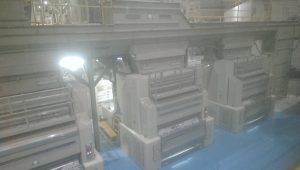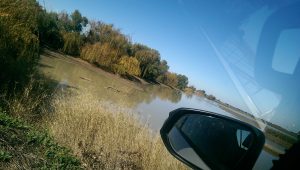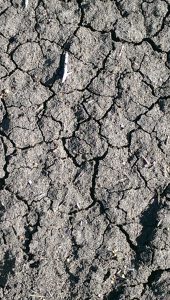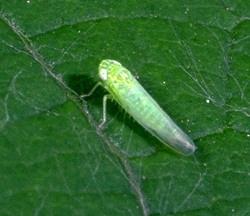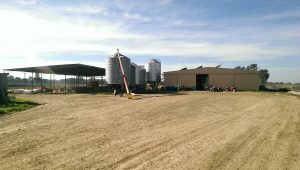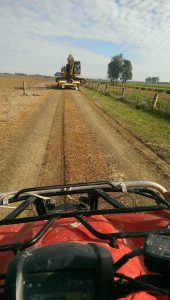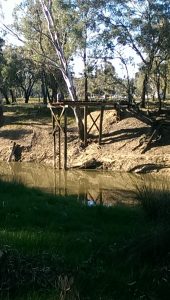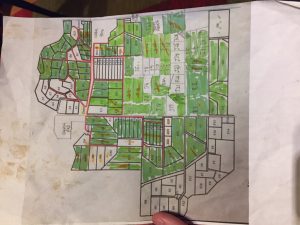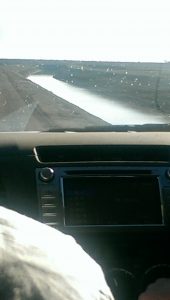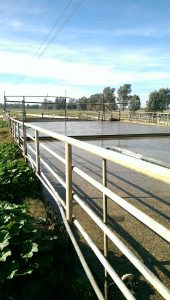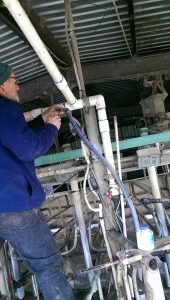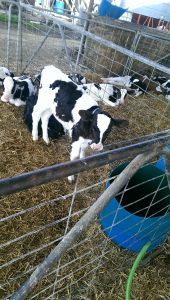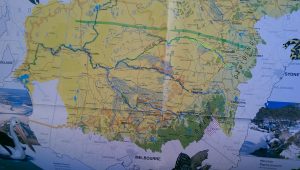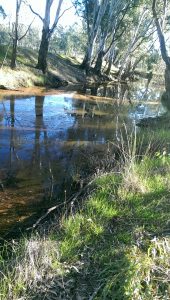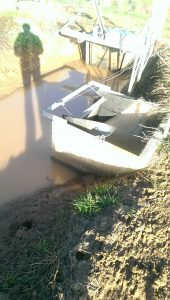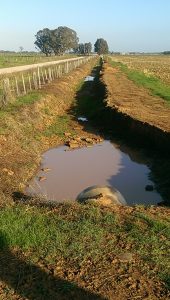Day #1:
I arrived in Wee Waa after 9 hours of travel from Sydney, where I’d just spent a week exploring with my brother and friends. I hadn’t experienced train travel much before, but after the whole experience I’d highly recommend it to anyone. Tickets were inexpensive, the food wasn’t terrible, and there was a decent amount of leg space available. I arrived in Wee Waa around 6pm in the dark. The farmer Mr. David Grellman picked me up at the station. Before heading to the farm, Mr. Grellman had a Rotary Club meeting to attend, so I tagged along. The meeting was very interesting. One of the members was over 90 years old, a member in his 50’s had just invented an important chemical to be used for spraying in the region, and a member in his 30’s was a guy I recognized from the news (his brother was an Australian reporter that was accused or/framed for being a spy in Egypt. I remember seeing footage from the trial a couple years ago). After the dinner we headed back to the farm and went to bed
Day #2:
Woke up early in the morning to go to the biggest cotton purchaser in the region called AusCott, which is actually owned by Americans. They had 4 very large cotton gins in a massive building, hopefully I have the pictures I took. This particular facility is able to spit out a bale of cotton every 45 seconds, per side of the building. So it’s actually 2 bales produced per 45 seconds. What’s mind blowing is the fact that it takes them months to get all of the cotton crop they purchase through the gins. Another aspect that the particular business struggles with is finding trucks to transport the bales, mostly because Wee Waa is very isolated, much like most towns and villages that aren’t within 2-3 hours of the big coastal cities in Australia.
After AusCott Mr. Grellman (the farmer) and I headed back to the farm for lunch. On the way over we stopped by the cotton research extension office, where there was a visible IPM trial. For those who don’t know, IPM stands for integrated pest management. Integrated pest management is an attempt to make managing pests more economical and environmentally friendly. In this particular case the researchers are trying to manage a particularly nasty cotton moth. They do this by planting another plant that the moths like more than the cotton next to the crop load.
Day #3:
The highlight of the third day was the visit to CSD, the cotton seed distributers. I learned all about the general process of breeding new cotton plants, the timeline from idea conception to actual use in the field, and the many aspects that the manager needs to juggle. They often have multiple versions of each plant growing at different places around the farm, and each version is being tested in different condition. Each paddock, or bay, is essentially its own trial, so there are no similar requirements. The manager also has to take measures to ensure that there isn’t genetic drift of the product into the current varieties. This is all I’m allowed to include due to confidentiality agreements, but the visit to CSD was in my top 3 favorite experiences for the whole trip.
Day #4:
The next day was spent on Mr. Grellmans second property. This property was considerably larger than his first one he gave me a tour of. Not only did he grow cotton on the second farm, but he also had a considerable amount of natural grazing fields that he raised beef cattle on. We spent the day rounding up the cattle from one of the paddocks to another. Because it was a natural grazing field, he wasn’t allowed to grow anything on it. This means that there isn’t always enough food that provides a reasonable amount of nutrients. The cows weren’t as healthy as Mr. Grellman usually wants them to be, but he had enough feed to get them through the season in a reasonable shape. After that I had to go and flatten out the dirt roads through the farm and on top of the channel systems.


